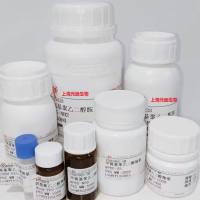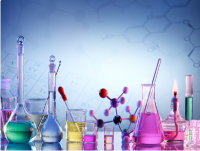Water-Soluble Cationic Methacrylate Polymers for Nonviral Gene Delivery
互联网
互联网
相关产品推荐

T4 Gene 32 Protein (ssDNA结合蛋白),不含DNA内切酶和外切酶,不含核糖核酸酶及磷酸酶。,阿拉丁
¥308.90

L17E Cytosolic Delivery Peptide
¥100

JC-1,47729-63-5,A cationic, fluorescent, carbocyanine dye that can be used as a ratiometric indicator of mitochondrial potential δΨm in cells, tissues, and isolated mitochondria.,阿拉丁
¥3987.90

GelstainRedTM核酸染料, 10,000× in water
¥100

Histone H3 Peptide, biotin conjugate, residues 21-44,This gene contains introns & its mRNA is polyadenylated, unlike most histone genes. The protein encoded is a replication-independent member of the histone H3 family.,阿拉丁
¥3283.90
相关问答

